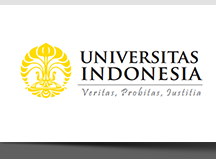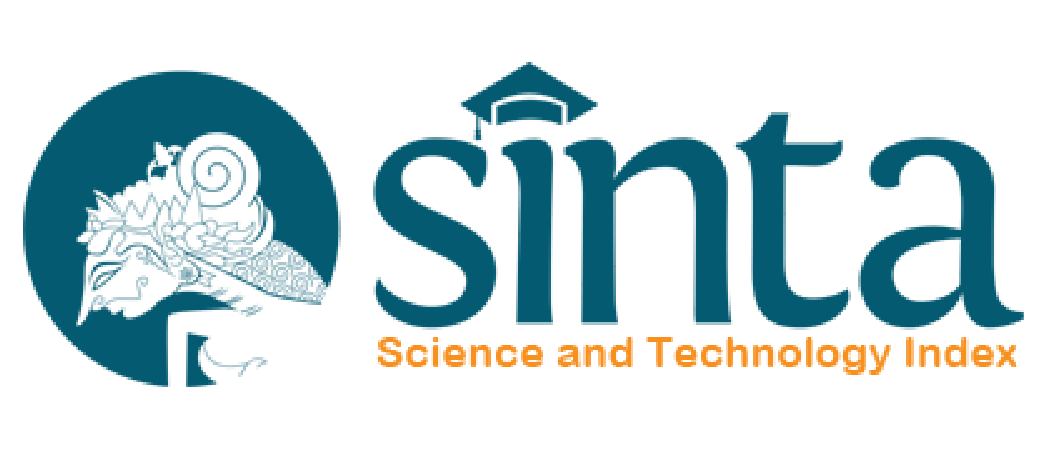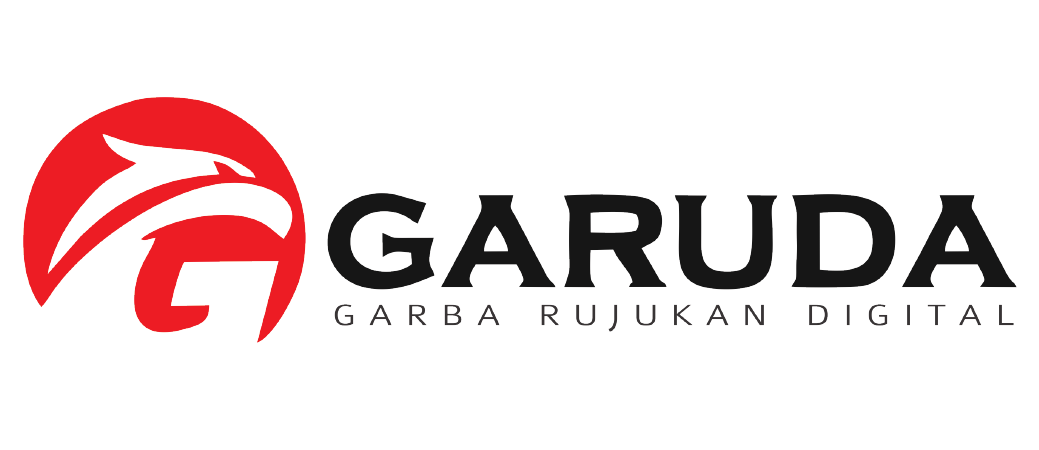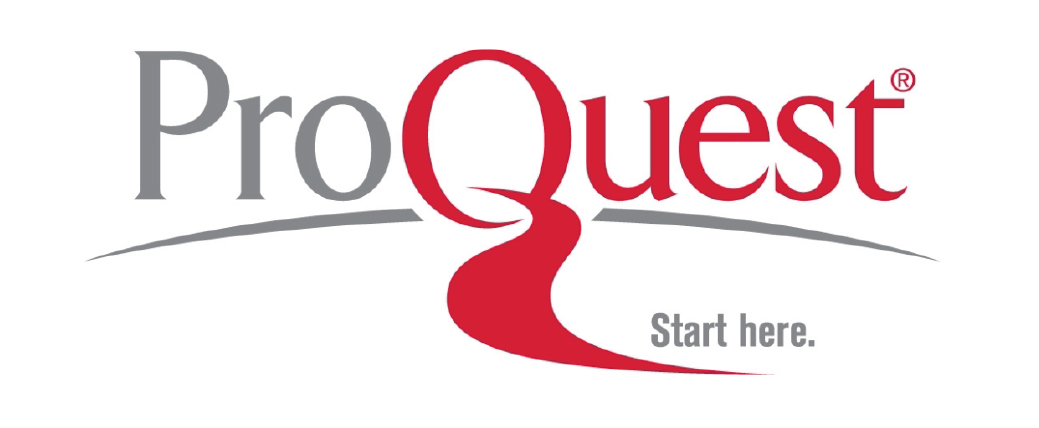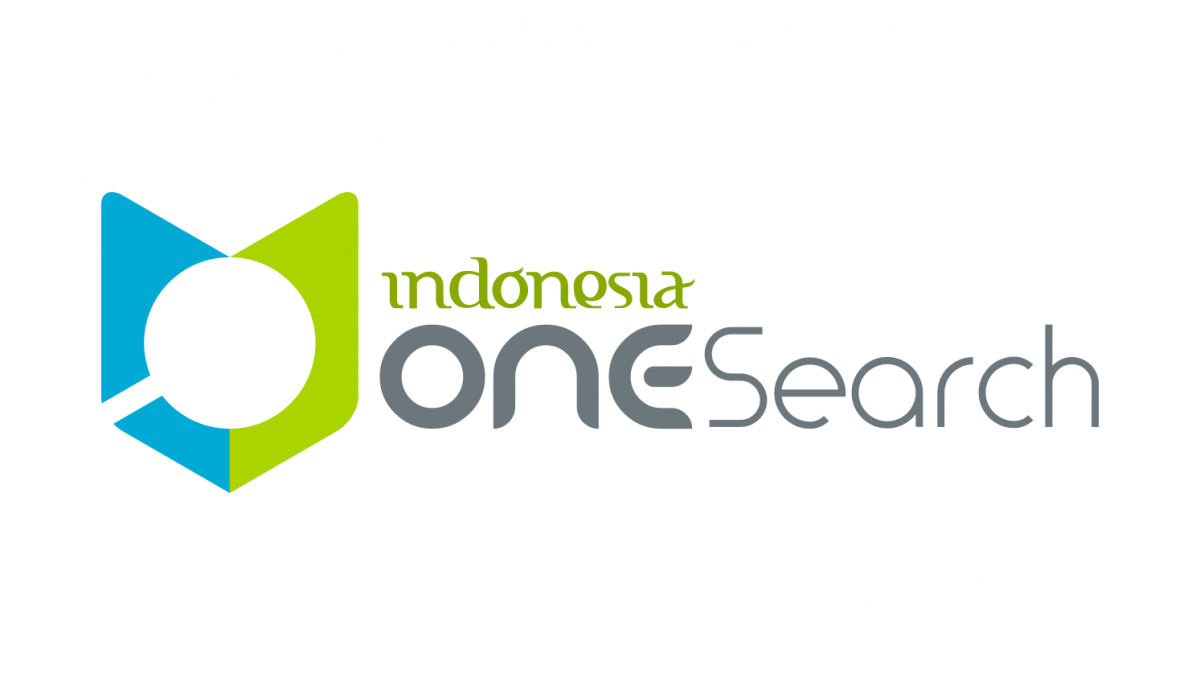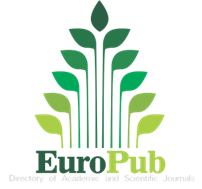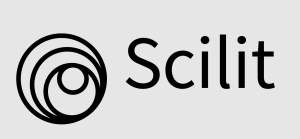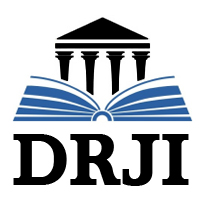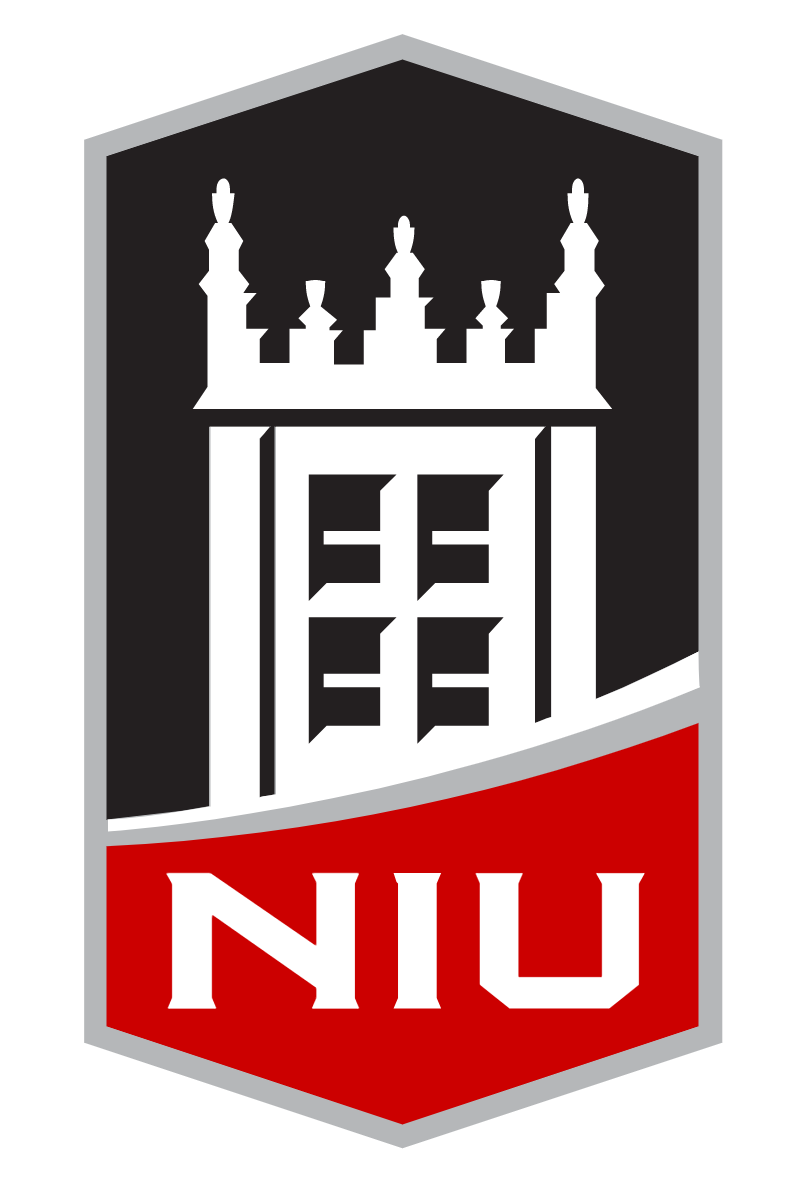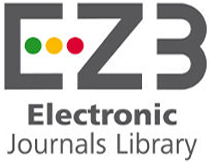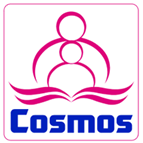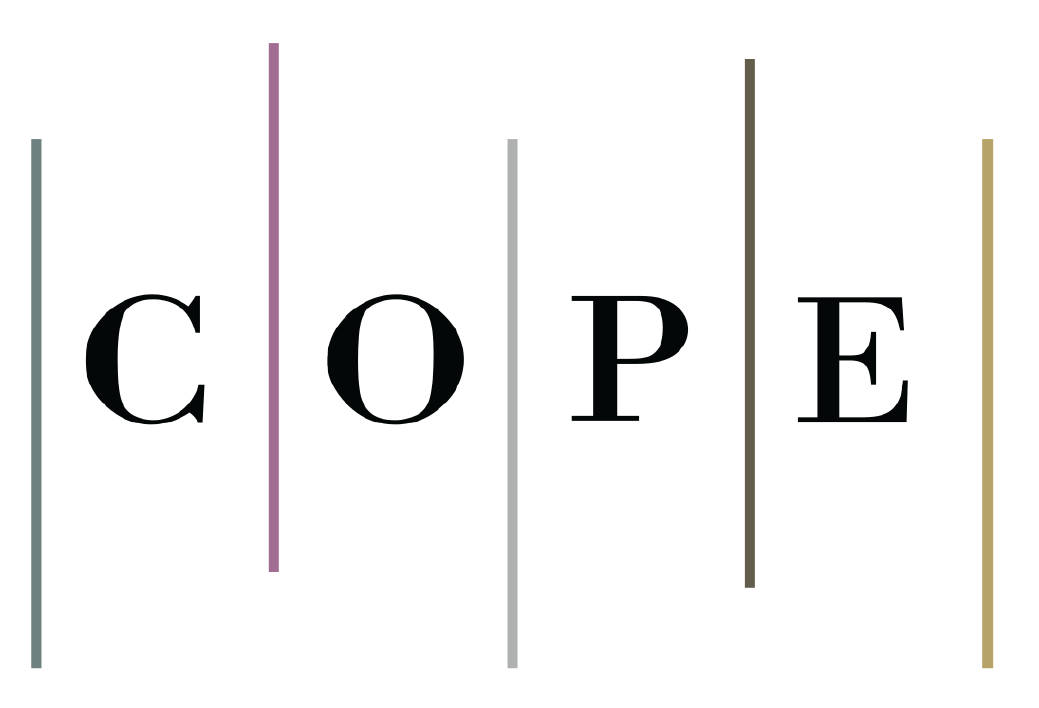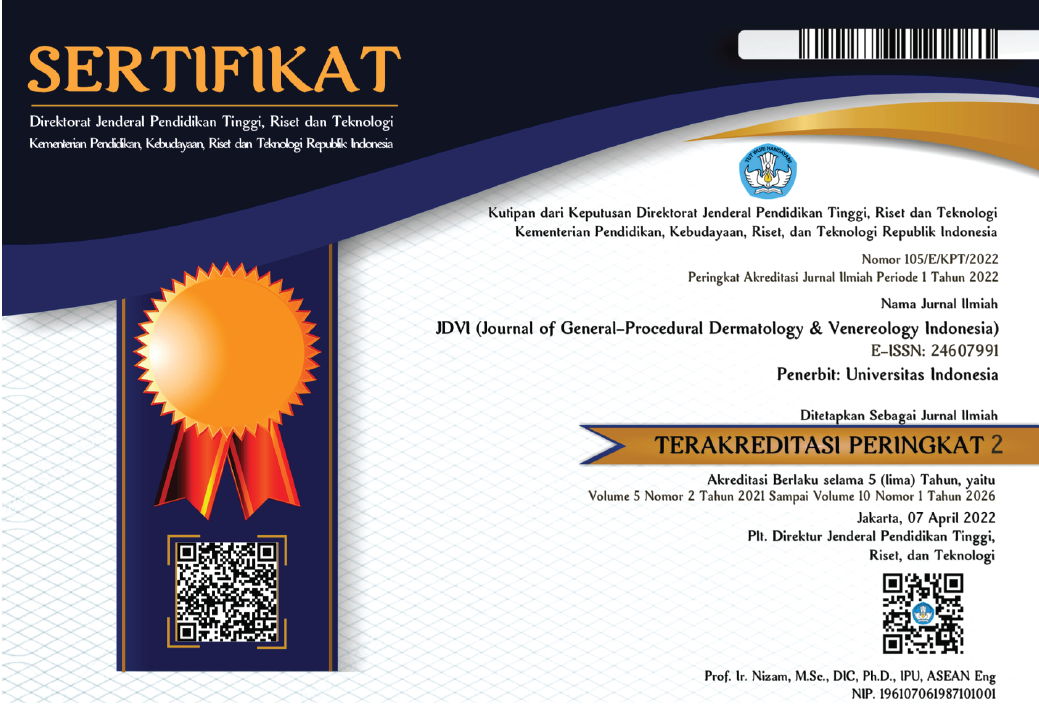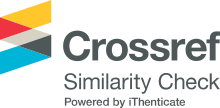Abstract
Background: Leprosy is a chronic infection caused by Mycobacterium leprae. Leprosy reactions, including erythema nodosum leprosum (ENL), are induced by immune responses. ENL can cause neurological damage and deformities that result in disabilities. This study aimed to identify factors associated with the severity of ENL to help control the leprosy reactions.
Methods: This was an analytical study on 148 patients with ENL reactions, who were divided into two groups based on the severity of their reactions. A retrospective cross–sectional study was conducted in the medical record unit of Sitanala Hospital, Tangerang, Banten, Indonesia, from May 2022 to April 2024. Data evaluated included age, gender, leprosy types, treatment status, duration of illness, clinical manifestations, involvement of other organs, disability, comorbidities, acid-fast bacilli, and laboratory examination. Categorical data was analyzed with chi-square test or Fisher’s exact test, and numerical data was analyzed with the Mann-Whitney test. Significance is determined at p < 0.05.
Results: Characteristics including age, neuritis, skin ulcers, and comorbidities differ significantly between mild and severe ENL (p = 0.034; < 0.001; < 0.001; and 0.003, respectively). Severe ENL reactions tend to occur more frequently in older patients, and is associated with higher bacterial index (p = 0.004) and lower sodium and albumin levels (p = 0.014 and < 0.001, respectively).
Conclusion: Age, neuritis, skin ulcer, comorbidities, bacterial index, as well as sodium and albumin levels were associated with the severity of ENL reactions. Appropriate management is required to prevent further complications.
References
- Prakoeswa CRS, Lubis RS, Anum Q, et al. Epidemiology of leprosy in Indonesia: A retrospective study. Berkala Ilmu Kesehatan Kulit dan Kelamin. 2022;34(1):29–35.
- Kementrian Kesehatan Republik Indonesia. Pedoman Nasional Pelayanan Kedokteran Tata laksana Kusta [Internet]; 2020. [cited 2024 June 6]. Available from: https://repository.kemkes.go.id/book/130
- Chen KH, Lin CY, Su SB, Chen KT. Leprosy: A review of epidemiology, clinical diagnosis, and management. J Trop Med. 2022;2022:1–13.
- World Health Organization (WHO). Leprosy [Internet]. WHO; [reviewed 2023 Jan 27; cited 2024 March 23]. Available from: https://www.who.int/news-room/fact-sheets/detail/leprosy
- Kementerian Kesehatan Republik Indonesia. Prevalensi kusta di Indonesia [Internet]. DataIndonesia.id; [reviewed 2023 Jan 31; cited 2024 March 23]. Available from: https://dataindonesia.id/kesehatan/detail/prevalensi-kusta-di-indonesia-meningkat-pada-2022
- Pratama N, Rusyati LMM, Sudarsa PSS, Karmila IGGAD, Karna NLPRV. Borderline lepromatous leprosy with severe erythema nodusum leprosum: A case report. Berkala Ilmu Kesehatan Kulit dan Kelamin. 2022;34(3):210–6.
- Rusyati LMM, Prakoeswa CRS, Alinda MD, Menaldi SLSW, Gunawan H. Characteristics of the leprosy reaction: A multicenter research of 13 teaching hospitals in Indonesia from 2018-2020. Teikyo Med J. 2023;46(2):7795–802.
- Indah MS, Karmila IGAAD. Imunopathogenesis of erythema nodosum leprosum. Intisari Sains Medis. 2021;12(3):969–73.
- Costa PSS, Fraga LR, Kowalski TW, Daxbacher ELR, Sculler-Faccini L, Vianna FSL. Erythema nodosum leprosum: Update and challanges on the treatment of a neglected condition. Acta Trop. 2018;183:134–41.
- Mulianto NR, Fitriani F, Widyaswari R, Pradestine S. Risk factors of erythema nodosum leprosum in dermatovenereology outpatients. Journal of Pakistan Association of Dermatologists. 2023;33(1):215–9.
- Quiros-Roldan E, Sottini A, Natali PG, Imberti L. The impact of immune system aging on infectious diseases. Microorganisms. 2024;12(4):775–805.
- Polycarpou A, Walker SL, Lockwood DNJ. A systematic review of immunological studies of erythema nodosum leprosum. Front Immunol. 2017;8:1–41.
- Scollard DM, Martelli CMT, Stefani MMA, et al. Risk factors for leprosy reactions in three endemic countries. Am J Trop Med Hyg. 2015;92(1):108–14.
- Fransisca C, Zulkarnain I, Ervianti E, et al. A retrospective study: Epidemiology, onset, and duration of erythema nodosum leprosum in Surabaya, Indonesia. Berkala Ilmu Kesehatan Kulit dan Kelamin. 2021;33(1):8–12.
- Walker SL, Lebas E, Doni SN, Lockwood DNJ, Lambert SM. The mortality associated with erythema nodosum leprosum in Ethiopia: A retrospective hospital-based study. PLoS Negl Trop Dis. 2014;8(3):1–6.
- Nair NR, Viswanath V. Necrotic erythema nodosum leprosum in a lepromatous patient diagnosed as disseminated phaeohyphomycosis – A case report. Indian J Lepr. 2023;95:299–303.
- Sales AM, Illarramendi X, Walker SL, Lockwood D, Sarno EN, Nery JA. The impact of erythema nodosum leprosum on health-related quality of life in Rio de Janeiro. Lepr Rev. 2017;88:499–509.
- Zhu J, Yang D, Shi C, Jing Z. Case report: Therapeutic dilemma of refractory erythema nodosum leprosum. Am J Trop Med Hyg. 2017;96(6):1362–4.
- Yilmaz G, Shaikh H. Normochromic normocytic anemia. StatPearls [Internet]. Treasure Island (FL): StatPearls Publishing; [reviewed 2023 Feb 24; cited 2024 March 23]. Available from: https://www.ncbi.nlm.nih.gov/books/NBK565880/
- Rhea TH. Decreases in mean hemoglobin and serum albumin values in erythema nodusum leprosum and lepromatous leprosy. Int J Lepr Other Mycobact Dis. 2001;69(4):318–27.
- Renault CA, Ernst JD. Leprosy (Mycobacterium leprae). In: Bennet JE, Dolin R, Blaser MJ, editors. Mandell, Douglas, and Bennett's principles and practice of infection diseases. 8th ed. New York: Elsevier; 2015. p.2819–31.
- Tanojo N, Damayanti, Utomo B, et al. Diagnostic value of neutrophil-to-lymphocyte ratio, lymphocyte-to-monocyte ratio, and platelet-to-lymphocyte ratio in the diagnosis of erythema nodosum leprosum: A retrospective study. Trop Med Infect Dis. 2022;7(3):1–9.
- Panda PK, Prajapati R, Kumar A, et al. A case of leprosy, erythema nodosum leprosum, and hemophagocytic syndrome: A continuum of manifestations of same agent-host interactions. Intractable Rare Dis Res. 2017;6(3):230–3.
- Darmi M, Lubis RD. Analysis of liver function on leprosy patient with multidrug therapy in Haji Adam Malik General Hospital Medan from January until December 2017. Maced J Med Sci. 2020;8(B):58–61.
- Hoorn EJ, Zietse R. Diagnosis and treatment of hyponatremia: Compilation of the guidelines. J Am Soc Nephrol. 2017;28(5):1340–9.
- Akirov A, Iraqi H M, Atamna A, Shimon I. Low albumin levels are associated with mortality risk in hospitalized patients. Am J Med. 2017;130(12):11–9.
- Pompili E, Zaccherini G, Baldassarre M, Lannone G, Caraceni P. Albumin administration in internal medicine: A journey between effectiveness and futility. Eur J Intern Med. 2023;117:28–37.
- Syamsiatun NH, Siswati T. Pemberian ekstra jus putih telur terhadap kadar albumin dan Hb pada penderita hipoalbuminemia. Jurnal Gizi Klinik Indonesia. 2015;12(2):54–61. Indonesian.
- Erdani F, Novika R, Ramadhana IF. Pengaruh terapi ekstrak ikan gabus, putih telur, dan human albumin 20% terhadap peningkatan kadar albumin pasien hipoalbuminemia. J Med Sci. 2021;2(2):123–9. Indonesian.
- Nagarajan HDP, Kamaraj B, Selvanathan K, et al. Necrotic erythema nodosum leprosum – A case of severe lepromatous reaction in a multibacillary leprosy patient. IDCases. 2025;39:1–4.
Recommended Citation
Anggraini, Ita; Esti, Prima Kartika; and Komarasari, Eka
(2025)
"Factors Associated with the Severity of Erythema Nodosum Leprosum Reactions,"
Journal of General - Procedural Dermatology and Venereology Indonesia: Vol. 9:
Iss.
1, Article 3.
DOI: 10.7454/jdvi.v9i1.1204
Available at:
https://scholarhub.ui.ac.id/jdvi/vol9/iss1/3
Included in
Dermatology Commons, Integumentary System Commons, Skin and Connective Tissue Diseases Commons

